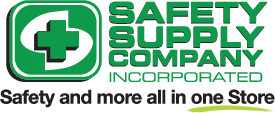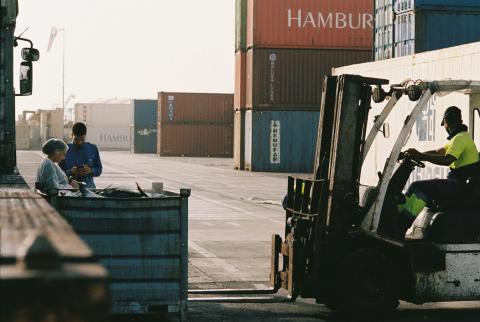Hurricane Season Risk Assessments-What to Include?

With businesses on the road to recovery from Covid-19, the prediction of a 65% chance of an above-average hurricane season by the National Oceanic and Atmospheric Association (NOAA) must weigh heavily upon the minds of business owners.One way of alleviating that pressure is to ensure you properly prepare for the upcoming season. You can do this by conducting a risk assessment.
“A risk assessment is defined as a systematic process of evaluating the potential risks that may be involved in a projected activity or undertaking.”
In this case, it’s no secret that the hurricane season occurs from June 1-Nov 30. What cannot be accurately predicted, however, is the damage you will personally incur in the event of inclement weather; therefore, your assessment needs to be comprehensive to cover all eventualities.
Who should conduct this assessment?
Ideally, members of your safety committee which should comprise of a cross-section of representatives from the different areas of the company. This is to ensure that there are persons who have intimate knowledge of what is needed to secure each area.
A comprehensive risk assessment should cover all aspects and areas of safety concern within your organization:
A property assessment- This involves checking the physical location of your business for areas that are vulnerable to damage or in current need of repair. It should also include determining the timeframe needed to secure the areas and at what level of bad weather would you need to do so.
A contingency plan to secure your data and inventory- Whether you maintain your company's data in a physical place or on the cloud, you should have a secure backup of the data. If your firm relies on inventory, you'll need a plan in place to protect it from damage, such as waterproof covering or elevation in flood-prone locations.
Training programs- When you develop your emergency plans, companies should facilitate training exercises so that all members of staff are aware of the procedures and can act appropriately when required.
An emergency communication network strategy- Do you have the most up-to-date contact information for all employees and are they aware of how they will receive information from the company in the event of an emergency? Who oversees disseminating the information? What role does each employee play in this strategy? This information is crucial to ensure timely notifications and communication between the company and it’s employees.
An evacuation plan- During hurricane season, bad weather is not the only concern- there are other hazards to consider. Maybe there’s a high wind and it causes a powerline to snap, leading to a fire near your warehouse. You need to have an evacuation plan that allows your employees to safely vacate the premises. This should also include a “muster point” where employees gather for a rollcall to confirm everyone who was on the premises has exited safely.
While the aforementioned areas should be included within your risk assessment, you can add or subtract focal points as necessary to fit the needs of organization.
Don’t wait for the emergency to happen, preparation is key to surviving an emergency with minimal impact.
Visit Safety Supply Co. for your hurricane preparedness safety products.
Blog Articles
Check out more articles
PPE: The Unspoken Love Language
Wearing PPE: Protecting Your Present and Securing Your Future
View MoreTips to Improve Safety While Working With Heavy-Duty Mobile Equipment
Improving the safety of ground personnel working around mobile equipment, such as forklifts, excavators, etc., requires a combination of engineering controls, administrative measures, and behaviora
View MoreWhy You Should Service Your Safety Equipment
Safety equipment serves as the frontline defense against workplace hazards, ensuring the well-being of employees and minimizing risks.
View More



